Are Komodo Dragons for Tourism?
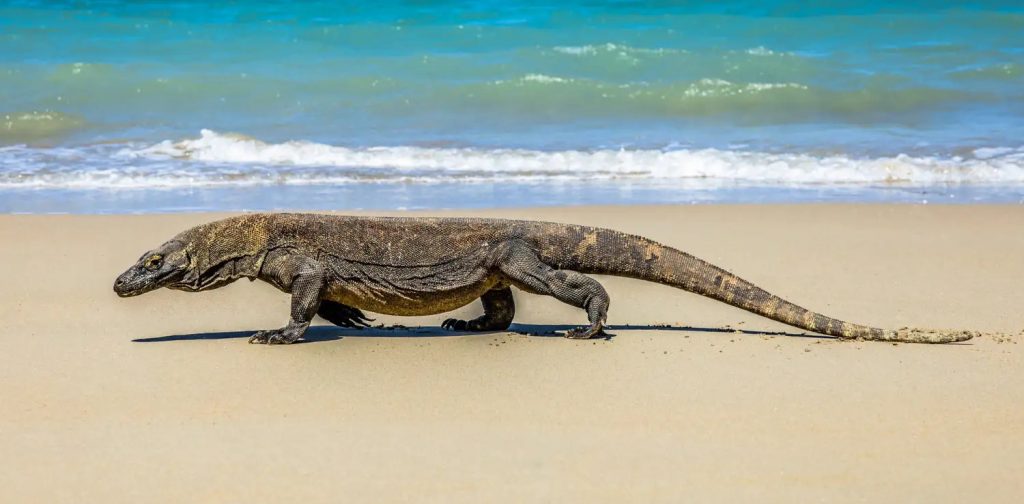
A komodo dragon is roaming about on the coast of Komodo Island. | Photo by Mitch Hodiono on Unsplash.
The Komodo dragon is a widely-known endemic species from Indonesia. This giant reptile lives in West Manggarai, East Nusa Tenggara, specifically in Komodo National Park’s three main islands: Komodo Island, Rinca Island, and Padar Island.
Despite its status as a protected species, the lives of komodo dragons in Komodo National Park have been continuously threatened to fulfill human needs. In the past, they were being hunted by the Europeans for research. Today, the komodo dragons are caught in the middle of a tourism scheme.
A Path to Extinction
In August 2021, the International Union for Conservation of Nature (IUCN) declared the komodo dragon Endangered. It’s an unfortunate progression from its status as Vulnerable that started in 1996. Nowadays, the threats of global warming and the rising sea level are predicted to erase around 30% of komodo’s population in the following 45 years.
Aside from the climate crisis, humans also pose a terror of their own. The infrastructure development for Labuan Bajo’s Kawasan Strategis Pariwisata Nasional (National Tourism Strategic Area) or Destinasi Pariwisata Super Prioritas (Super Priority Tourism Destination) came into the spotlight for putting the Komodo National Park’s ecosystem at risk.
The Indonesian government is building a premium tourism project dubbed “Jurassic Park”. It is said to be massive-scale infrastructures involving a dock and wave breaker, an elevated deck, guest houses, animal pools, and a museum.
“Everything needs calculations and clear routes. The first target for Labuan Bajo is welcoming 1 million tourists according to its airport capacity,” said President Joko Widodo when officiating the Rinca Island’s area planning.
The Irony of Premium Tourism
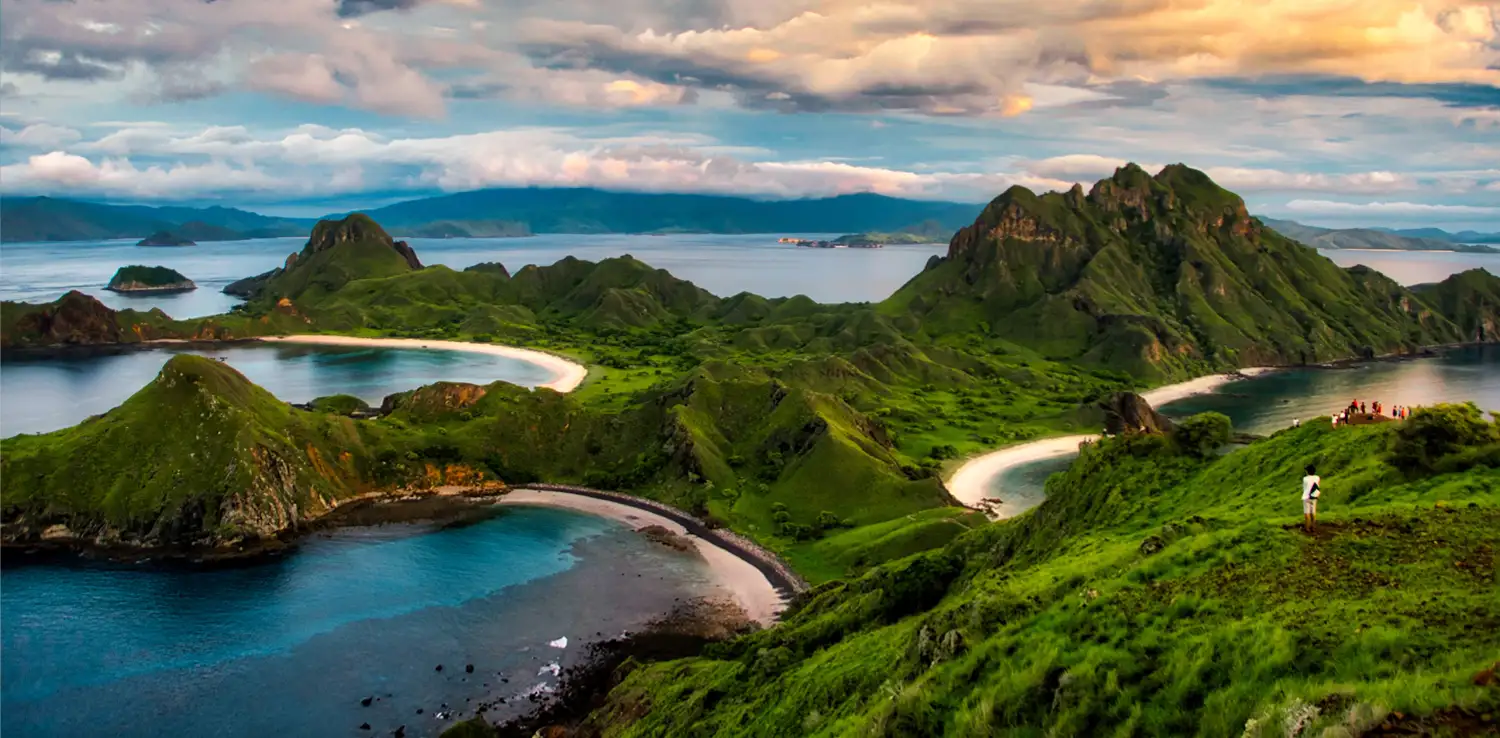
The Komodo National Park has gained worldwide recognition as a conservation area. The park was declared a UNESCO Biosphere Reserve in 1977, Natural World Heritage Site in 1991, and listed as one of the New 7 Wonders of Nature since 2012. The current development of the premium tourism project, which has gained support from the Ministry of Environment and Forestry, sticks out like a sore thumb after multiple-years-worth of conservation efforts.
Gregorius Afioma, an environmental activist from Labuan Bajo, shared a photo of a komodo dragon standing face-to-face with a heavy-loaded truck at Loh Buaya Valley, Rinca Island. The heavy equipment still runs its course despite the “Please Keep Silent” sign, meaning that one should be very careful with even the slightest sound in the area.
“The Komodo National Park must be seen as one integrated ecosystem. How can luxurious buildings be built at Rinca, whereas Komodo Island needs to stay natural? Both islands are the home to komodos,” said Gregorius.
Due to its concerning state, UNESCO urged the Indonesian government to stop the project and reevaluate its environmental impact analysis. The updated version should be submitted to UNESCO World Heritage Center on 1 February 2022 at the latest, to be examined at the 45th session of the World Heritage Committee meeting. However, even critics from UNESCO couldn’t put an end to this development.
“Transporting heavy materials requires heavy equipment because it’s impossible to do it by hand. The usage of heavy equipment such as trucks and excavators had been done with caution,” said Nunu Anugrah, the Head of the Public Relations Bureau of the Ministry of Environment and Forestry.
Tourist Quota Restriction
Suppose the infrastructure development at Komodo National Park, which has Outstanding Universal Value, is deemed non-harmful for the komodos and has to follow the government’s plan to completion. In that case, komodo protection efforts must be backed up by policy implementation to minimize threats to the endangered species. One of the aspects is regarding the tourism impacts.
To align the conservation efforts with tourism, the government imposed a tourism quota restriction at the Komodo National Park, particularly in Komodo and Padar Islands, as conservation areas. A study on tourism capacity by Balai Taman Nasional Komodo (Komodo National Park Association) gives a recommendation on the islands’ ideal number of visitors per year. The numbers are 219,000 visitors per year for Komodo Island and 39,420 per year for Padar Island. This equals 100 people for every visit.
“Regulating the visitors with the quota restriction system aims to minimize the negative impacts of nature-based tourism to the preservation of the Komodo population and other wild animals, to maintain the preservation of Komodo and Padar Islands’ ecosystem, and to provide comfort and safety to the visitors and staffs at the Komodo National Park,” the Vice Minister of Environment and Forestry Alue Dohong had explained.
To support this policy, the government plans on raising the Komodo and Padar Islands entrance ticket prices to 3.75 million rupiahs on 1 January 2023. Meanwhile, the ticket to Rinca Island will remain unchanged. Beyond the regulations and policies, however, it is far more crucial that the komodo dragons’ conservation efforts are conducted seriously and in consideration of every aspect related to them.
“We also hope conservation efforts can go hand-in-hand with economic recovery efforts,” said the Minister of Tourism and Creative Economy Sandiaga Uno.
Translator: Kresentia Madina
Editor: Nazalea Kusuma
The original version of this article is published in Indonesian at Green Network Asia – Indonesia.

Join Green Network Asia Membership
If you find this content useful, support Green Network Asia’s movement to create positive impact for people and the planet through public education and multi-stakeholder advocacy on sustainability-related issues and sustainable development. Get exclusive benefits for personal and professional development as well as for organizational capacity development.
Become a Member Now

 Understanding the Dark Side of Artificial Intelligence
Understanding the Dark Side of Artificial Intelligence 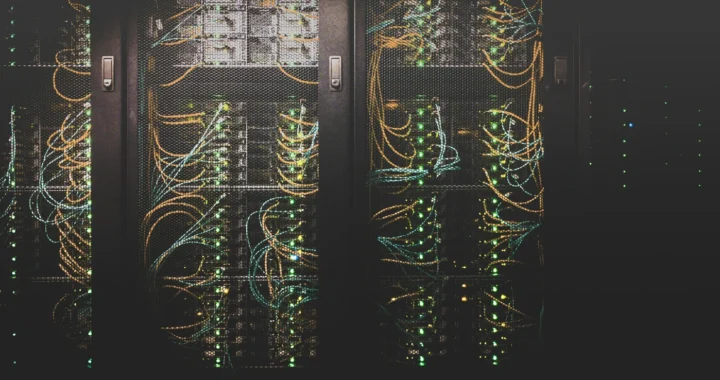 Attempting Data Center Circularity Through Waste Heat Recovery
Attempting Data Center Circularity Through Waste Heat Recovery 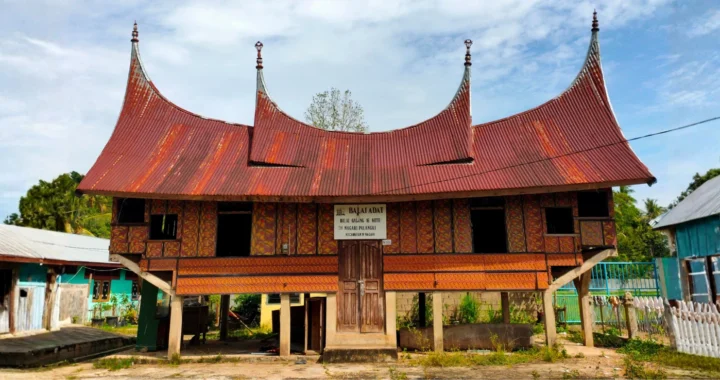 Indigenous Knowledge and Art as Integral Instruments for Disaster Risk Reduction
Indigenous Knowledge and Art as Integral Instruments for Disaster Risk Reduction  Strengthening Societal Resilience in the Age of Disruptions
Strengthening Societal Resilience in the Age of Disruptions 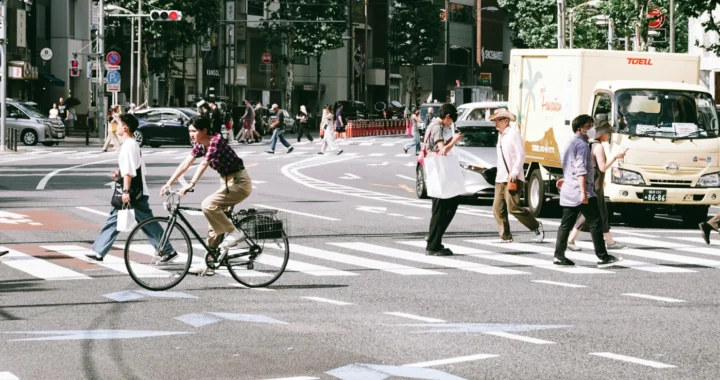 Building Strategic Approach to Support Urban Health for All
Building Strategic Approach to Support Urban Health for All 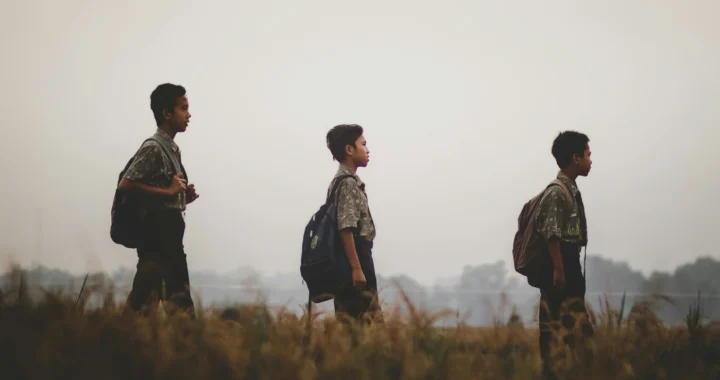 Understanding and Addressing Multiple Dimensions of Child Deprivation
Understanding and Addressing Multiple Dimensions of Child Deprivation